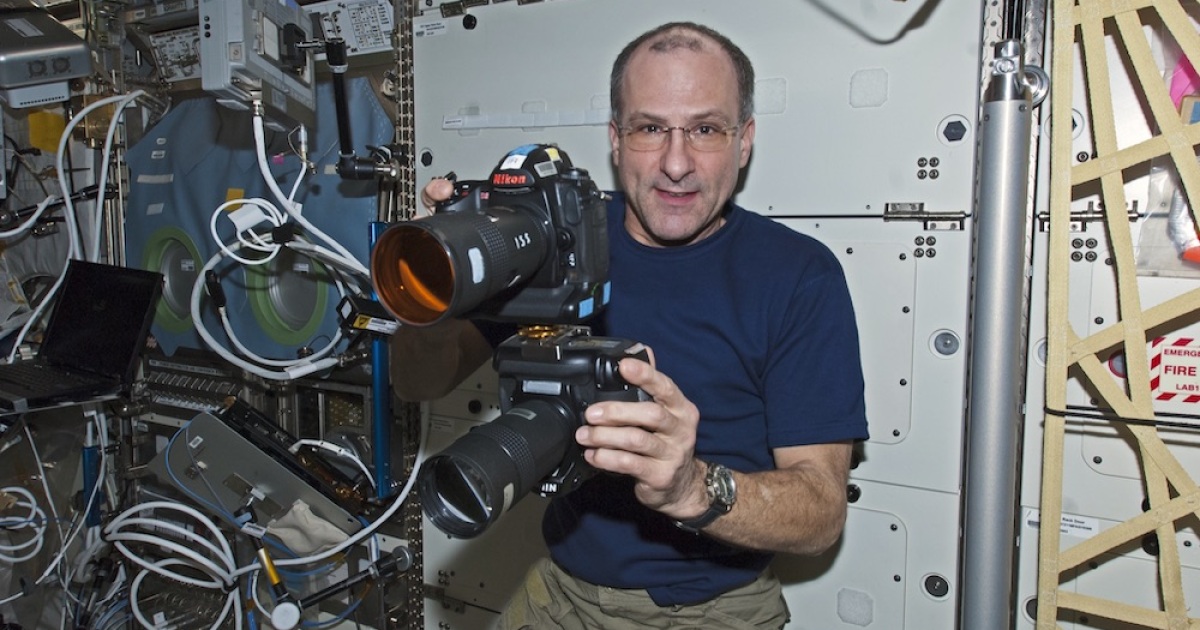[ad_1]
At 67, Don Pettit is NASA’s oldest active astronaut. During three trips to the International Space Station (ISS) — in 2002, 2008, and 2011 — Pettit earned a reputation as a highly skilled photographer who created extraordinary images of the ISS, Earth, and beyond.
Pettit, who describes himself as “an engineer by schooling, a scientist by profession, and an explorer by heart,” continues to share his amazing pictures on Twitter and Instagram, wowing his many followers on the social media platforms.
Check out this one, for example, captured during ISS Expedition 30, a six-month mission that began in December 2011. Shared on Twitter on Sunday, the image features star trails over Earth.
Another remarkable effort, shared just a few days ago, shows mangrove forests off the coast of India. “Sunlit, specular solar reflections from the surface of water, give an intense spot of light that not only differentiates where water is and isn’t, but also can show surface ripples caused by surface flow,” Pettit says in a comment accompanying the image.
In another stunning example of his photo skills, this capture shows a sunset from within the space station’s Cupola, a seven-window module from where many visiting ISS astronauts take their Earth images.
Here’s another beauty, this time showing an erupting volcano (in near infrared) in Argentina’s south Patagonia region. Taken by Pettit during his most recent ISS mission, the magenta regions show healthy forests, while the gray areas indicate where the eruption destroyed the surroundings.
Pettit says that cities at night are one of his favorite sights to capture. The one below shows Spain and Portugal, with the bright lights of Madrid and Lisbon, among many other urban areas, clearly visible.
And here’s another stunner from the Cupola. The long exposure causes city lights some 250 miles below to appear as trails.
And finally, here we see Pettit in action, switching rapidly between an infrared camera and a normal-visible camera using a small rig that he built. Here, the NASA astronaut is shooting through a window on the Russian service module rather than from the Cupola.
Be sure to check out Pettit’s Twitter account or Instagram feed for more examples of his work.
Another astronaut to have made an impact with his photography is Thomas Pesquet of the European Space Agency. During two ISS missions — the most recent one in 2021 — Pesquet managed to capture many beautiful images of Earth, though as he once explained, getting those shots required much preparation.
Editors’ Recommendations
[ad_2]

